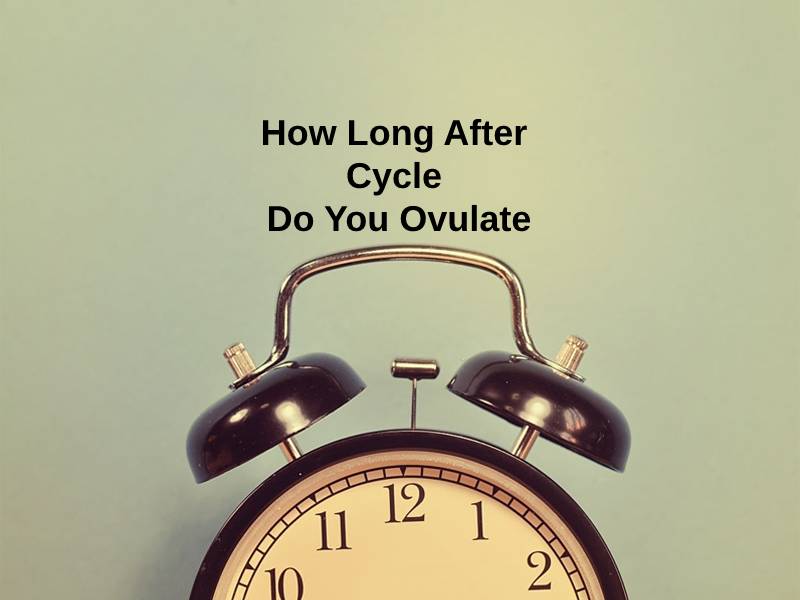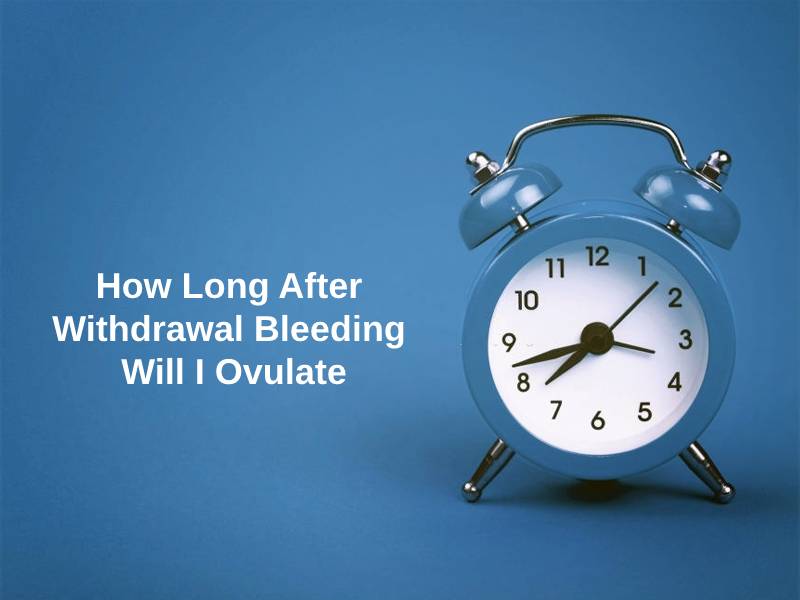Exact Answer: During Or One Day Later
Cervical Mucus or CM is the gel-like substance, also known as discharge, which comes out of the cervix. The thickness and the amount of cervical mucus being produced change throughout the menstrual cycle.
It can also help track or predict the ovulation process as the cervical mucus depends upon the hormones in the body. The process of tracking ovulation is known as cervical monitoring.
The cervical mucus contains the body’s water, proteins, sugar, etc., and is an important part of pregnancy. It also determines if the sperm would be able to reach the ovum to fertilize the egg or not.

How Long After Peak CM Will I Ovulate?
Tracking the cervical mucus for ovulation is also sometimes known as the “Billings Ovulation Method.” The tracking for ovulation depends upon the mucus or the discharge of the cervix which is made up of proteins, sugar, and water present in the body.
The discharge of the cervical mucus is different in thickness and the amount of secretion, all depending upon the hormones of the body. Hence, tracking the discharge cycle also tracks the hormone cycle of the body.
Before the ovulation, the mucus could be yellow, white, or cloudy in color and could feel sticky which is when the person can recognize ovulation is going to start and plans the pregnancy accordingly. Just before the ovulation, which is the peak time, mucus would be gluier, and watery.
Although the Billings ovulation method could be useful, it does not provide any guaranteed results and could also end up in unintended pregnancies if being used to avoid unwanted pregnancies.
During the menstrual period, the mucus would be covered with blood so is likely to be unnoticed. Just after the period ends, there would not be any discharge for around 2-3 days which are also known as the “dry days.”
After that, the period is just before the ovulation starts, which would have a yellow, or white cloudy discharge which is sticky. During ovulation, the discharge would be very stretchy. Further, after ovulation, the discharge would be less and would turn thick and cloudy again.
All of this, when taken into account with other fertility tracking marks like body temperature, could prove to be useful in when to initiate the pregnancy.

| Time | Type Of Discharge |
| During Menstrual Period | Covered With Blood |
| After Menstrual Period | Dry Days, No Discharge |
| Before Ovulation | Yellow Or White And Cloudy |
| During Ovulation | Very Stretchy And Transparent |
| After Ovulation | Thick, White, And Cloudy |
Why Will I Ovulate During Or One Day After Peak CM?
The cervical mucus method is efficient if the reason for tracking is to plan pregnancy. However, it might not be that efficient and prove to result in unwanted pregnancies if it is being used to avoid the same.
The reason for this is because the mucus secretion and tracking of the same could tell what time is the peak of ovulation and the best time to attempt pregnancy. It would not, however, tell accurately pf when the person could avoid getting pregnant.
The cervical mucus changes its color, thickness, and amount of secretion depending upon the hormones in the body and hence, could be used to track the best fertility period.
The “peak” of cervical mucus is considered just before ovulation when the discharge is very stretchy and clear. It denotes that the ovulation period has started and the egg is ready to be fertilized. Hence, the pregnancy is best planned during or a day after this period.

The Cervical mucus method for tracking the ovulation cycle and planning pregnancy would only work if the person tracks their mucus cycle for 2-3 months before attempting pregnancy as the period would make them familiar with the changes of the mucus or discharge.
They should also consult their doctor if they have already had a pregnancy, are breastfeeding, or have had any kind of operation as the discharge is very likely to change according to those things too. For accurate results, they should also keep a note of basal body temperature along with the mucus tracking.
Conclusion
The cervical mucus tracking or the “Billings Ovulation Method” attempts to track the ovulation cycle by tracking the changes in the cervical mucus or the discharge. The reason for this is because the discharge changes in color, thickness, and amount depending upon the hormone changes in the body.
This method is efficient in planning the pregnancy but not in avoiding it. The peak of the cervical mucus is just before ovulation, which is the best time for planning pregnancy, where the discharge is very transparent and stretchy.
For more efficient tracking, things like the basal body temperature could be taken note of alongside the cervical mucus.





















The changes in mucus consistency and appearance reflect the body’s hormonal fluctuations throughout the month.
Yes, it’s a unique insight into the body’s natural signals related to fertility.
This method seems to provide an insightful lens into the body’s natural fertility signals.
The cervical mucus tracking method is a very efficient way to plan a pregnancy, especially when combined with other fertility tracking methods.
But remember, it may not be as reliable for avoiding pregnancy.
Exactly, the clarity of the mucus can help to predict the best time to try for a baby.
The Billings Ovulation Method offers a natural way to understand the body’s fertility cycle for those trying to conceive.
However, relying solely on mucus tracking may not be the best method for everyone.
Agreed, it’s an insightful approach to planning a family.
The method’s effectiveness seems to require detailed knowledge of one’s own cycle over several months.
Indeed, it’s not a one-size-fits-all approach to fertility management.
The cervical mucus method provides an intriguing avenue for understanding the body’s reproductive processes.
However, it’s important to approach mucus tracking with a balanced perspective on its utility.
Indeed, such insights can be enlightening for many individuals.
While mucus tracking can be helpful for pregnancy planning, it’s important to have realistic expectations of its reliability.
Indeed, it’s crucial to understand the method’s limitations as well as its benefits.
That’s a valid point. It’s not a foolproof system for avoiding pregnancy.
The correlation between mucus characteristics and fertility status is worth further investigation.
Absolutely, understanding this relationship could be valuable for many people.
A comprehensive understanding of one’s own body and menstrual cycle is necessary for effective mucus tracking.
However, it’s important to consider other factors in conjunction with mucus tracking for maximum accuracy.
Absolutely, this method requires careful observation and interpretation.
It’s remarkable how the body’s mucus changes during the different stages of the menstrual cycle.
Yes, it’s fascinating to see how these changes can guide family planning decisions.